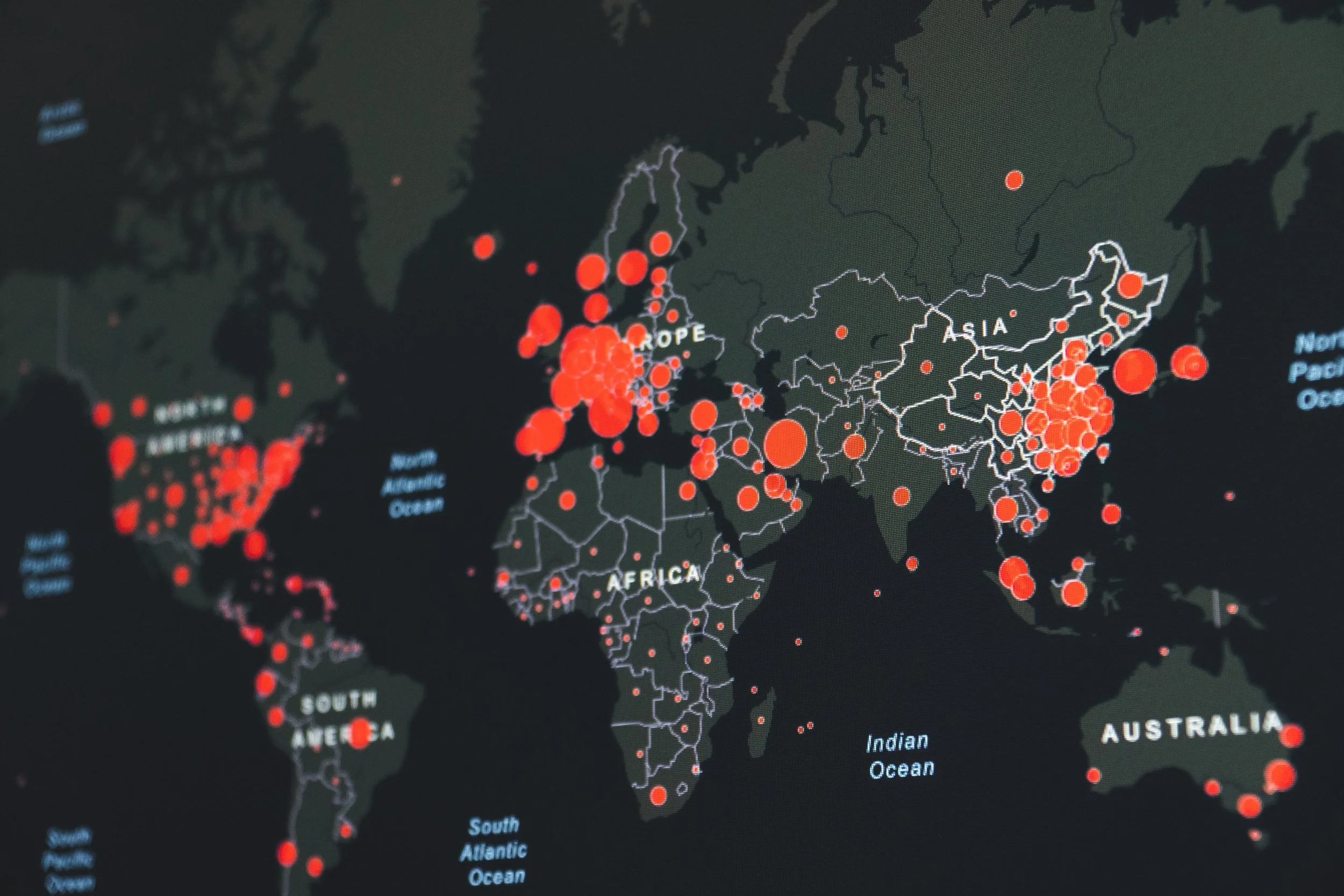How do I best support my child after they go through a traumatic lockdown at school?
Are Mealtimes with Kids a Nightmare? You're Not Alone!
Parenting in the Time of Mass Shootings
A Spotlight on Neurodiversity
What is Long COVID?
Should I seek postpartum support?
PSA: It's Not You, It's Systemic Inadequacy
COVID Got You Down (Again)? A Reminder to Breathe
Meditation and the Relaxation Response
What to Do When You're Feeling Triggered
The fight or flight response is nature’s adaptive way of helping you out in times of extreme distress. But too much of a good thing can become pretty darn bad. Whether it’s because the threat has subsided or that we have to give our nervous system a break despite the chronic presence of stress, we need some go-to strategies for when we’ve been triggered (or activated, to use a less contentious word).










